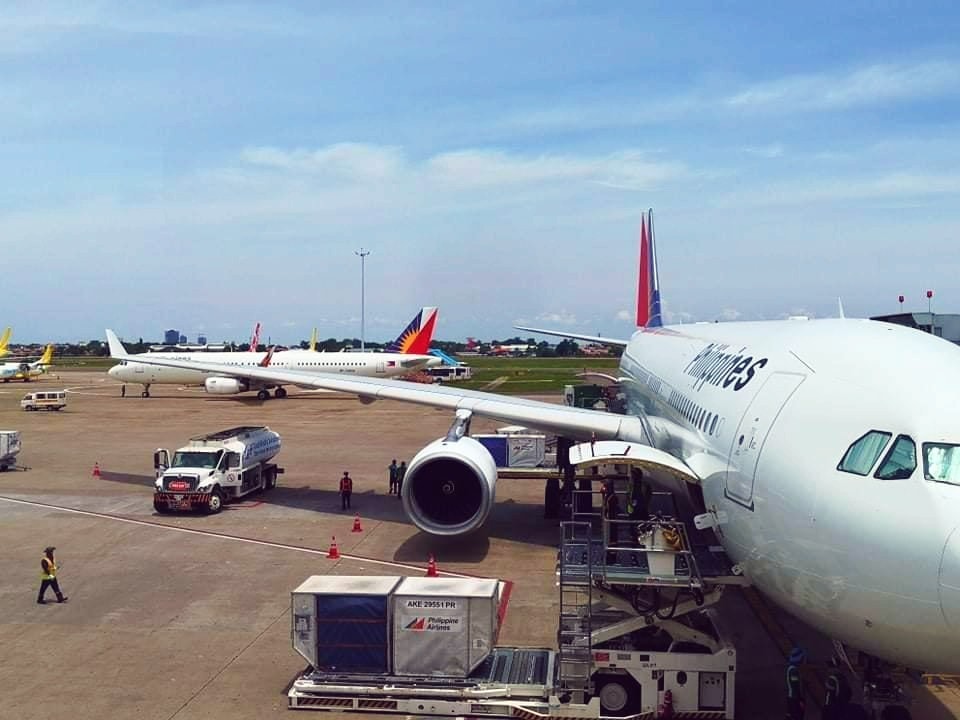Ethiopian Airlines, the largest airline in Africa, has announced an agreement with Boeing to purchase eight 777-9 passenger airplanes, with the potential for up to 12 additional jets. This move positions the East African carrier as the first 777X customer in Africa.
The deal builds upon Ethiopian Airlines’ landmark order in 2023 for 11 Boeing 787 Dreamliners and 20 737 MAX airplanes, aimed at modernizing and growing its fleet.
Mesfin Tasew, Ethiopian Airlines Group CEO, emphasized the airline’s commitment to adopting cutting-edge technologies to enhance services and customer satisfaction. “The 777-9 offers more flexibility, reduced fuel consumption and carbon emissions,” he stated.
According to Boeing, the 777-9 features new carbon-fiber composite wings and engines that will enable the airplane to achieve 10% better fuel efficiency and operating costs compared to competitors. This aligns with Ethiopian Airlines’ plans to grow and renew its fleet in size, range, passenger and cargo capacity to reach high-demand markets in Africa, Asia, Europe, and North America.
Brad McMullen, Boeing’s senior vice president of Commercial Sales and Marketing, expressed the company’s appreciation for the longstanding partnership with Ethiopian Airlines, stating, “We deeply value the unwavering trust and confidence Ethiopian Airlines puts in our airplanes.”
Boeing-produced aircraft currently make up more than half of Ethiopian Airlines’ fleet, including 29 787 Dreamliners, 20 777s, three 767s, 27 Next-Generation 737s, and 15 737 MAX jets.
The companies will continue to explore opportunities to further develop Ethiopia’s aerospace industry, including support for Ethiopian Airlines’ MRO capabilities, industrial development, training capabilities at the Ethiopian Aviation University, and STEM education, as well as equipping the Ethiopian Museum of Science with aerospace exhibits.
According to Boeing’s Commercial Market Outlook, Africa’s annual air traffic growth is forecasted at more than 7% through 2042, the third-highest growth rate among global regions and above the global average of approximately 6%.






















Leave a comment